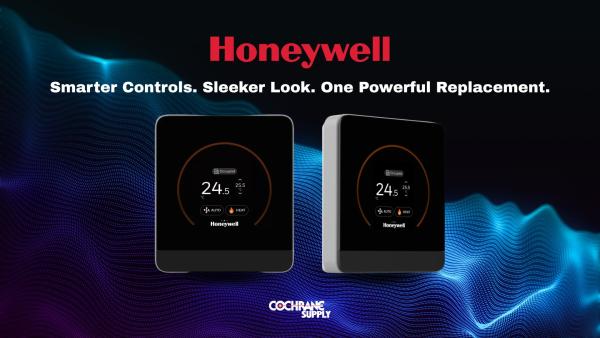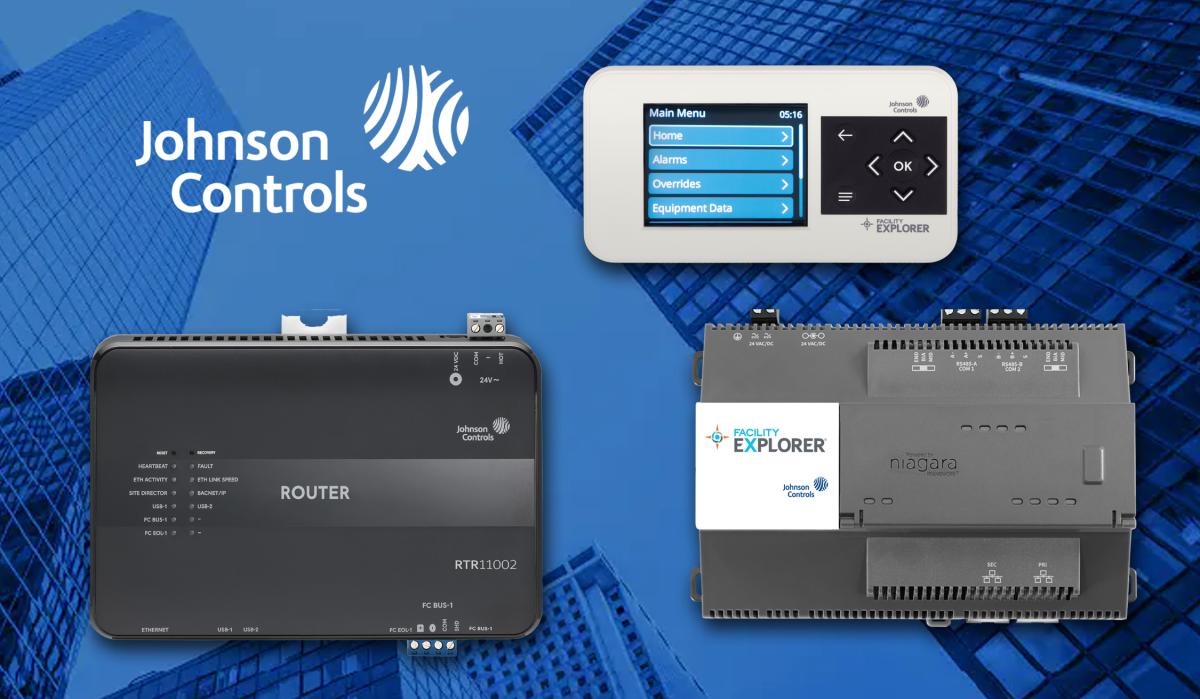
Johnson Controls recently introduced a group of products aimed at enhancing building automation and control systems. These releases signify the company's commitment to innovation and efficiency. These solutions offer advanced features for seamless integration, scalability, and ease-of-use to help optimize building performance in commercial and industrial facilities.
FX90 Supervisory Controller
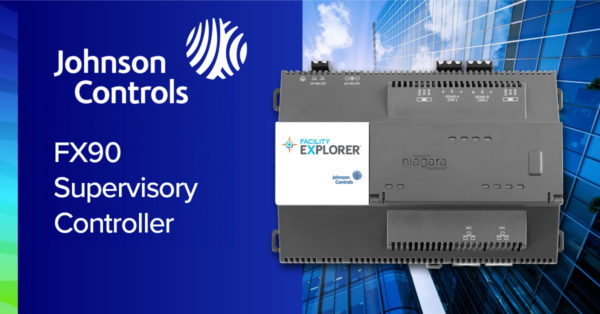
The FX90 Supervisory Controller is a cutting-edge solution designed to provide comprehensive control and monitoring capabilities for building automation systems. It offers advanced functionality to optimize energy usage, enhance comfort, and improve overall operational efficiency.
Features include:
- Scalability: The FX90 can scale from basic to complex applications with a single hardware platform using orderable device and point licensing. License upgrades can be purchased in the future as needs grow without needing to replace the controller.
- Intuitive Interface: Equipped with an intuitive user interface, the FX90 allows building managers to easily configure and manage various building systems, including HVAC, lighting, and security, from a centralized platform.
- Energy Management: With built-in energy management features, the FX90 helps optimize energy usage by monitoring consumption patterns, identifying inefficiencies, and implementing energy-saving strategies.
- Remote Access: The FX90 supports remote access, enabling facility managers to monitor and control building systems from anywhere via web-based or mobile applications, ensuring convenience and flexibility in management.
JC-RTR11002-0 BACnet MS/TP to BACnet IP Router:
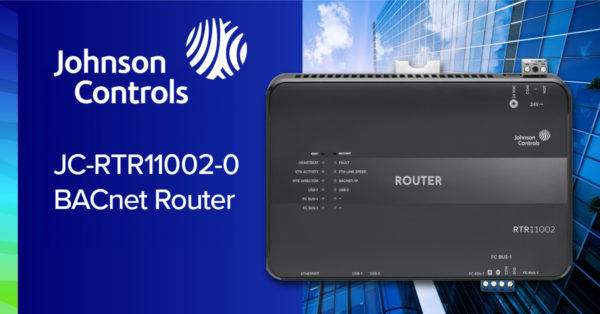
The JC-RTR11002-0 BACnet MS/TP to BACnet IP Router bridges the communication gap between different building automation protocols, enabling seamless connectivity and interoperability.
Features include:
- Protocol Conversion: The router facilitates the conversion of BACnet MS/TP (Master-Slave/Token-Passing) protocol to BACnet IP (Internet Protocol), allowing devices using different protocols to communicate effectively within the network.
- Scalable Solution: Whether it's retrofitting existing buildings or integrating new systems, the BACnet router offers a scalable solution for connecting disparate devices and subsystems, ensuring compatibility and flexibility in building automation networks.
- Secure Communication: With robust security features, including data encryption and authentication mechanisms, the router ensures secure communication between devices, safeguarding against unauthorized access and cyber threats.
- Easy Deployment: The BACnet router is designed for easy deployment and configuration, minimizing installation time and effort while ensuring reliable operation in diverse building environments.
F4-DLK Local Controller Display:
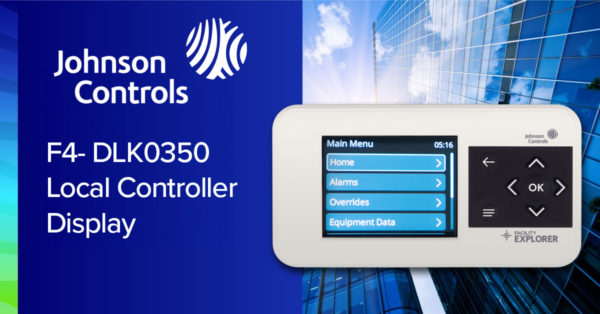
The F4-DLK Local Controller Display serves as a user-friendly interface for building occupants and facility managers to interact with building automation systems efficiently.
Features include:
- Enhanced Performance: The DLK display provides building parameters, such as temperature, humidity, and occupancy status, allowing users to monitor building status, view alarms, view trends, override outputs, and adjust setp-oints and parameters.
- Live Trending: Enables a field technician the ability to plot the present value of up to two application points without the need to configure trends, in real-time, on a graphical trend chart while troubleshooting an issue.
- Plug and Play Configuration: Saves field technician's time by enabling the display to be functional out of the box without user configuration required. The display can also be customized by configuring the display object in the controller's application.
- Integration Compatibility: The DLK display seamlessly integrates with Johnson Controls' building automation systems, ensuring compatibility and interoperability for streamlined operation.
These solutions offer advanced features, seamless integration, and enhanced efficiency for empowering building managers to optimize performance, reduce energy consumption, and improve occupant comfort in commercial and industrial facilities.


